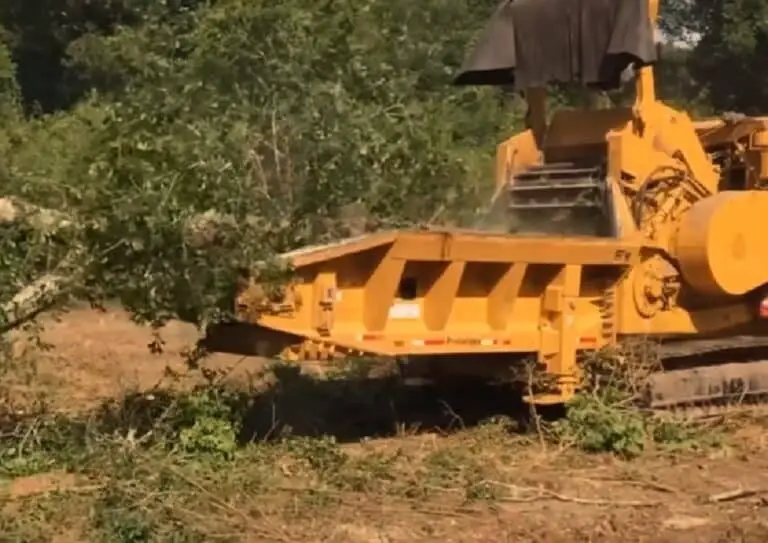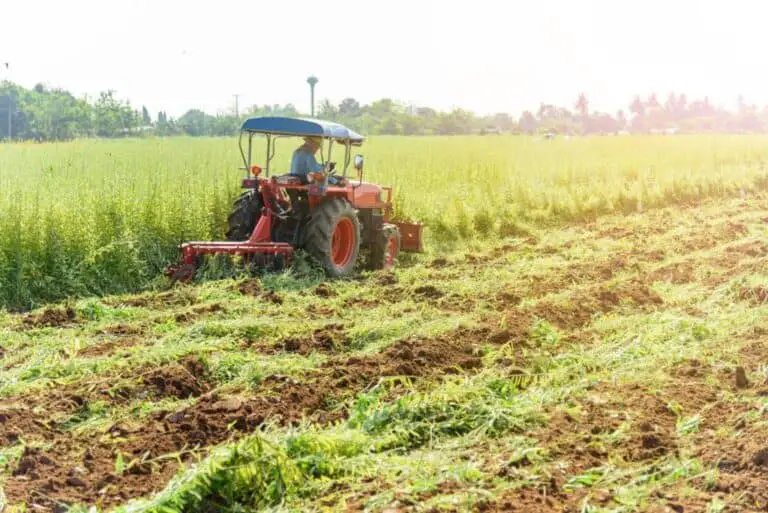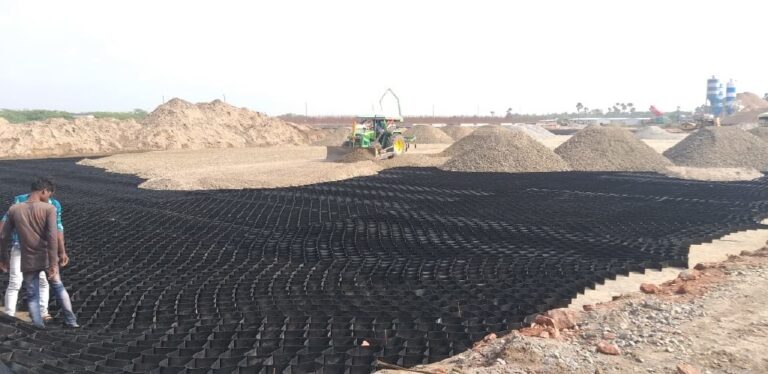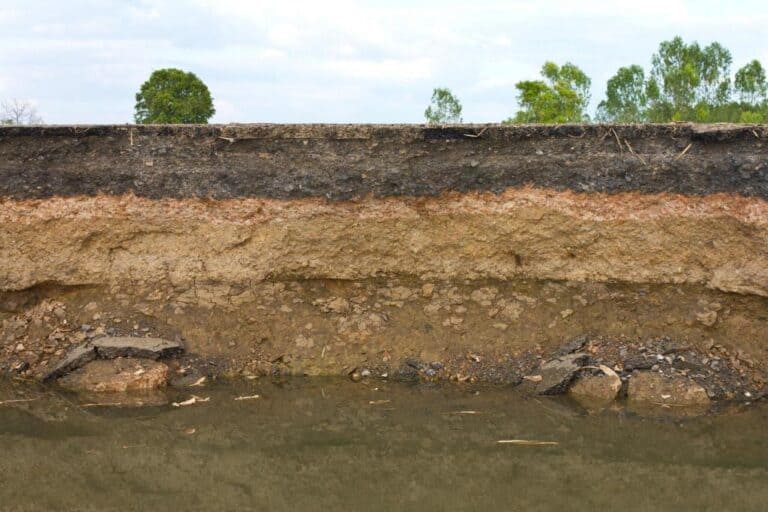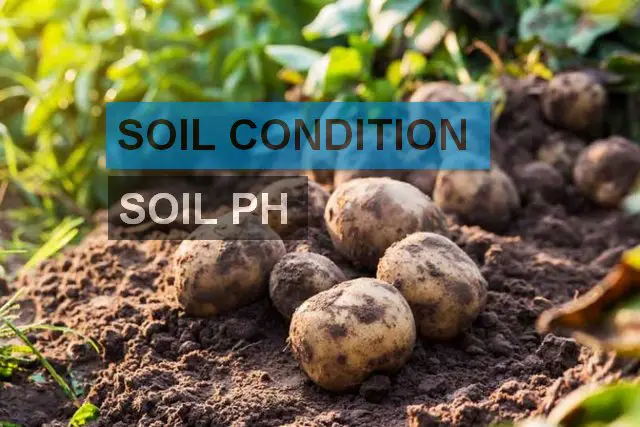Vertical Mulching for Trees: Improving Soil and Maximizing Growth
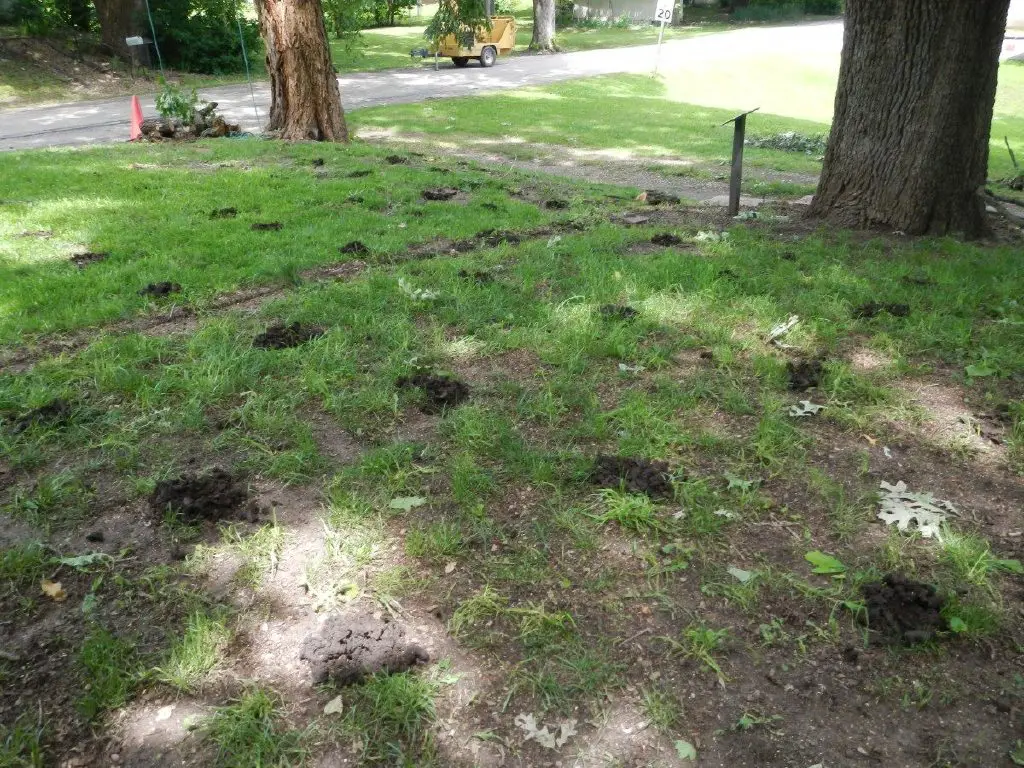
If you like nature, you probably know that trees are important parts of the ecosystem. They provide shade, reduce air pollution, and release oxygen. But it can be hard to keep trees healthy, especially when their roots have trouble getting the nutrients they need from the soil.
Fortunately, there is a solution: vertical mulching. Vertical mulching is a simple and effective way to improve the health of the soil and help trees grow as much as possible.
In addition to making the soil healthier, vertical mulching can also help loosen up soil that has been packed down. This makes it easier for water to drain and oxygen to flow through the soil.
Vertical mulching is a better way to care for trees than root pruning or putting fertilizer directly into the soil. It is also cheaper and better for the environment. By using vertical mulching, you can keep your trees healthy and strong for a long time and have less of an effect on the environment.
So if you want to help your trees grow to their full potential, read on to learn more about how vertical mulching can benefit your trees.
What is Vertical Mulching for Trees?
Vertical mulching is the process of adding nutrients to the soil around a tree to help its roots grow well and help it grow as much as possible. This technique involves creating a series of small holes around the base of the tree, filling them with nutrient-rich materials like compost and fertilizer, and then covering them with a layer of mulch.
The compost and fertilizer will then slowly break down over time, giving the soil nutrients that the tree can use.
People often call vertical mulching “deep root fertilization” because it stimulates the roots and makes it easier for the tree to get water and nutrients from the soil.
While vertical mulching is beneficial for most tree species, it is particularly important for young trees or those that have been transplanted. These trees’ root systems are still growing, so they might not be able to get enough nutrients from the soil to grow in a healthy way.
Vertical mulching gives the tree the extra nutrients it needs to grow healthy roots and reach its full growth potential. Overall, vertical mulching is a simple and effective way to promote the long-term health and growth of trees. It is an effective way to make plant grow after forestry mulching.
Benefits of Vertical Mulching for Trees
The benefits of vertical mulching for trees are numerous. It makes it easy for air, water, and nutrients to get to the tree’s roots, which is especially important in cities where the soil is often hard and doesn’t have much organic matter.
Vertical mulching can help trees deal with things like drought, pollution, and disease by making the soil better and the roots healthier.
Here are some of the most important ways that vertical mulching can help trees grow and stay healthy:
1. Enhanced Soil Drainage
One of the most significant benefits of vertical mulching is enhanced soil drainage. The process of creating small holes around the base of the tree and filling them with nutrient-rich materials like compost and fertilizer helps to break up compacted soil, allowing water to penetrate more easily. This makes it easier for water to stay in place and less water runs off. THis way mulch can help stop soil erosion.
2. Increased Nutrient Retention
Vertical mulching also increases nutrient retention in the soil. The nutrient-rich materials that are added to the holes around the tree’s base help provide the tree with the essential nutrients it needs to grow and thrive.
This is especially important for young trees or trees that have been moved, because they may not be able to get enough nutrients from the soil to grow well.
3. Improved Soil Aeration
Improved soil aeration is another key benefit of vertical mulching. The small holes around the tree’s base let air get to the tree’s roots, which helps the tree take in more oxygen, which is important for healthy growth. This also helps to prevent soil compaction, which can be damaging to tree roots.
4. Increased Root Development
Vertical mulching can also promote increased root development. By giving the tree a lot of nutrients, the root system is encouraged to grow and spread out. This makes it easier for the tree to take in water and nutrients from the soil.
5. Protection Against Soil Compaction
Lastly, vertical mulching prevents soil from getting too hard by breaking up hardened soil and making it easier for water and air to get through. This can lead to trees that are healthier and stronger in the long run.
Materials Required for Vertical Mulching
Vertical mulching is a way to improve the health of trees and other plants by giving the soil more air, making it drain better, and giving the roots of the plants more nutrients.
The process involves creating vertical holes in the soil and filling them with organic matter, such as compost or mulch. This method can be especially helpful for trees that grow in cities, where the soil is often compacted by foot and car traffic.
To begin vertical mulching, you’ll need a few key materials. First, you’ll need a soil auger, which is a tool used to create vertical holes in the soil. Augers come in a range of sizes and can be manual or electric, depending on your needs.
You’ll also need compost or mulch material to fill the holes. Compost is a good choice because, as it breaks down, it adds nutrients to the soil. Mulch helps keep the soil moist.
Organic matter helps to improve soil structure and fertility, providing nutrients for plants to grow on. Make sure to choose high-quality organic matter that is well-rotted and free from weed seeds.
In addition to the auger and compost or mulch, you’ll need a few other tools to get started. A shovel and rake will come in handy for removing any excess soil from the hole and leveling the surface once the compost or mulch has been added. Gloves are also recommended to protect your hands while working with the soil and compost.
Steps to Vertical Mulching
Vertical mulching is a process that involves drilling holes vertically into the soil around a tree’s root zone and filling them with organic matter to improve soil structure, water retention, and nutrient uptake. Here are the steps for vertical mulching:
1. Determine Tree Placement
Before starting the vertical mulching process, it’s important to determine the placement of the tree. This will help determine how many holes need to be drilled and how far apart they should be.
2. Dig Holes for Vertical Mulching
Once the tree’s placement is determined, the next step is to dig holes for vertical mulching. The holes should be spaced evenly around the tree’s root zone and should be deep enough to reach the tree’s roots. The size of the tree and the quantity of needed organic matter should determine the size of the holes.
3. Fill Holes with Compost or Fertilizer
After the holes are dug, the next step is to fill them with compost or fertilizer. This provides a direct path for nutrients to reach the tree’s roots and promotes healthy growth.
4. Add Gravel or Pebbles to Holes
Adding gravel or pebbles to the bottom of the holes can help with drainage and prevent the holes from becoming clogged with organic matter.
5. Add Mulch
After the compost or fertilizer is added, the next step is to add a layer of mulch on top. This helps retain moisture in the soil and prevents weed growth.
6. Repeat Process Around Tree
Once the first set of holes is filled, the process should be repeated around the tree until the entire root zone is covered.
By following these steps, you can help promote healthy growth and improve the overall health of your trees through vertical mulching.
Vertical Mulching vs. Other Tree Care Techniques
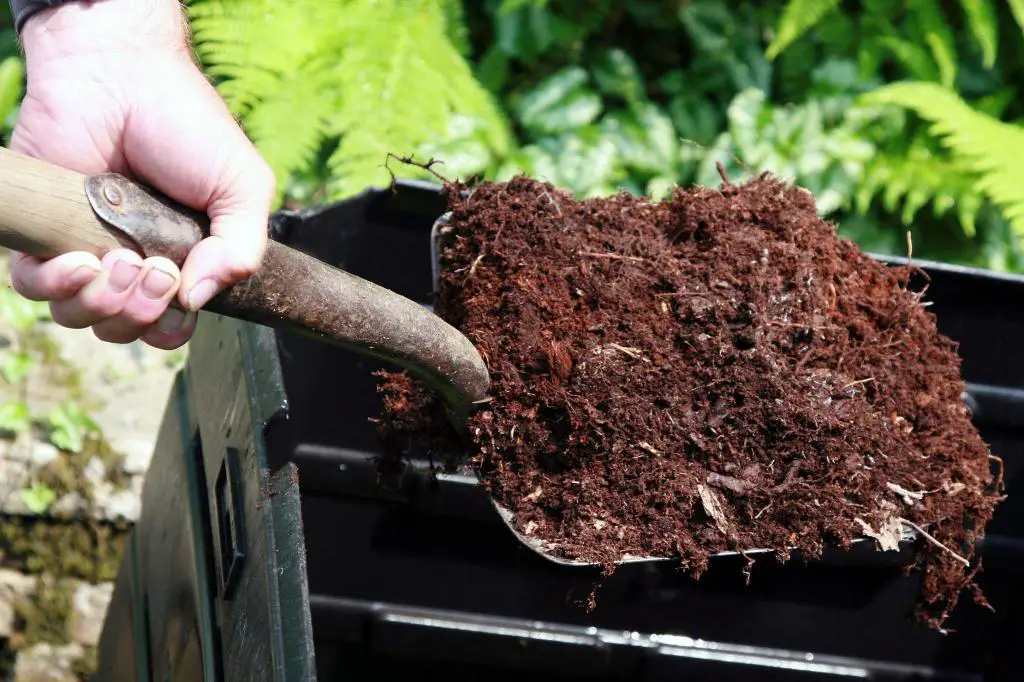
When compared to other ways to care for trees, like pruning or fertilizing, vertical mulching has a few benefits that other methods don’t. For example, pruning involves removing branches to reduce the weight of the tree and improve its shape, but it can also reduce the tree’s ability to produce energy through photosynthesis. Fertilizing can improve nutrient uptake but may not reach the root zone, where the nutrients are needed most.
On the other hand, vertical mulching goes right to the root zone, giving the tree’s root system the essential nutrients and oxygen it needs to stay healthy and grow.
Vertical mulching is also a good way to care for trees because it can be used with other methods to get the best results. For instance, if a tree isn’t getting enough nutrients, vertical mulching can help it get more nutrients while also making the soil healthier. When you combine vertical mulching with pruning, you can also help the tree lose weight and get a better shape while still giving its roots the nutrients they need.
Conclusion
So now you know what is vertical mulching. Vertical mulching is a unique and effective way to take care of trees that has several advantages over other methods. By going straight to the root zone and giving it essential nutrients and oxygen, it can improve the health and growth of the tree as a whole. When used with other tree care methods, it can help us get the best results and make sure our trees are healthy for the long term.

